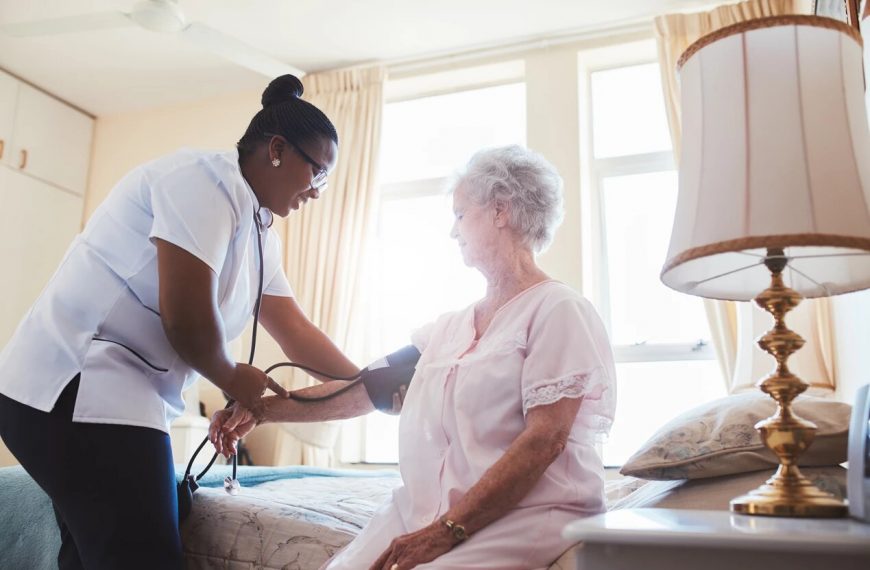Hunting is an exhilarating outdoor activity that allows you to connect with nature while challenging your skills. However, safety should always be a top priority for every hunter. To ensure a safe and responsible hunting experience, it’s crucial to follow specific safety protocols and guidelines. In this article, we will explore essential safety measures that every hunter should know. Whether you’re a seasoned hunter or a novice, understanding and practicing these safety protocols can prevent accidents and make your hunting trips enjoyable. Additionally, staying informed about equipment is essential for safe firearm handling.
Firearm Safety
- Treat Every Firearm as if it’s Loaded: Always assume that a firearm is loaded, even if you believe it to be empty. Keep the muzzle pointed in a safe direction at all times.
- Keep Your Finger off the Trigger: Until you are ready to shoot, your finger should be outside the trigger guard. The Geissele trigger AR15, known for its precision, requires a conscious effort to keep the finger off the trigger until you intend to fire.
- Know Your Target and Beyond: Before firing, identify your target and what lies beyond it. Bullets can travel a considerable distance, so be aware of your surroundings.
- Unload When Not in Use: When you’re not actively hunting, unload your firearm. Store firearms and ammunition separately, out of the reach of children and unauthorized individuals.
Hunter Education
- Take a Hunter Education Course: Many states require hunters to complete a hunter education course before obtaining a hunting license. Even if it’s not mandatory in your area, it’s highly recommended to ensure you have the knowledge and skills necessary for safe hunting.
- Stay Informed: Keep up with the latest hunting regulations and laws in your area. Rules can change from season to season, so make sure you are hunting legally.
Clothing and visibility
- Wear Blaze Orange: Blaze orange or fluorescent colors are highly visible and help other hunters distinguish you from game animals. It’s a crucial safety measure to prevent accidental shootings.
- Use Camouflage Wisely: While camouflage can help you blend into your surroundings, it’s important to maintain visibility to other hunters. Incorporate blaze orange into your attire to stay safe.
Tree Stand Safety
- Inspect Your Tree Stand: Before using a tree stand, inspect it for wear and tear. Ensure it’s securely fastened to the tree.
- Use Safety Harnesses: Always wear a safety harness when using a tree stand. Falls from tree stands can lead to serious injuries or fatalities.
Communication and emergency preparedness
- Carry Communication Devices: In case of emergencies, carry a fully charged cell phone, radio, or satellite communication device. These can be lifesavers when help is needed.
- Inform Others of Your Plans: Let someone know your hunting plans, including your location and expected return time. This ensures that help can be sent if you don’t return as planned.
Alcohol and drug avoidance
- Stay sober: Never consume alcohol or drugs before or during a hunt. These substances impair judgment and coordination, increasing the risk of accidents.
Environmental awareness
- Fire safety: If you’re hunting in dry or forested areas, be cautious with fire. Follow local fire restrictions and ensure your campfires are safely contained.
- Leave no trace: Respect the environment and leave no trace of your presence. Dispose of trash properly and avoid damaging vegetation.
Wildlife safety
- Identify your target: Before taking a shot, positively identify your target to avoid shooting the wrong animal.
- Respect wildlife: Respect the animals you’re hunting and the ecosystem they inhabit. Follow ethical hunting practices and regulations.
Conclusion
Hunting can be a deeply rewarding and exhilarating pursuit, but it comes with responsibilities. Safety should always be at the forefront of every hunter’s mind. Following the safety protocols outlined in this article, along with staying informed about equipment, can help ensure that hunting remains a safe and enjoyable activity for all.
Remember, safety is not just a set of rules but a mindset that should be practiced at all times. By prioritizing safety, you not only protect yourself but also contribute to the overall safety and reputation of the hunting community. Stay safe, be responsible, and enjoy the beauty of the great outdoors while respecting its inhabitants and preserving its natural beauty. Happy hunting!













